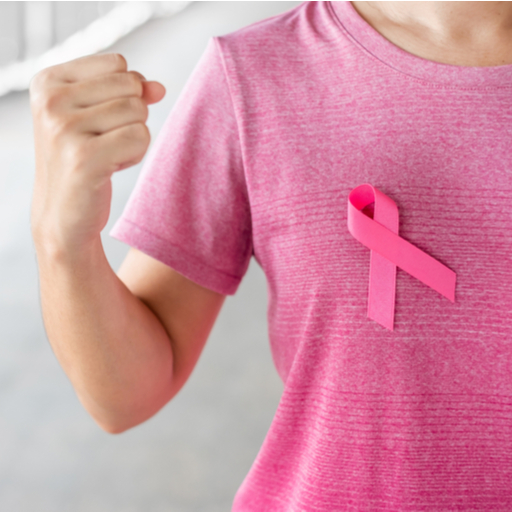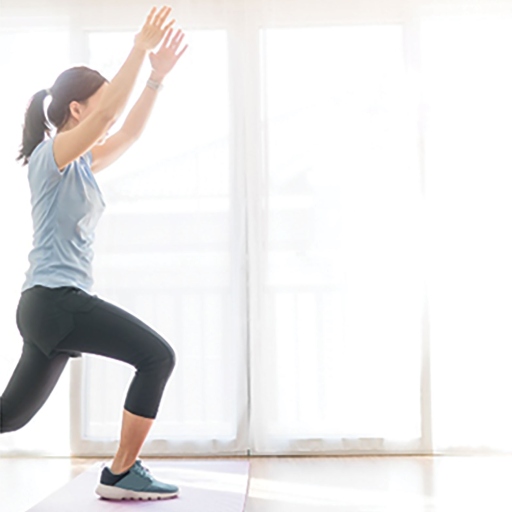Any type of disease or condition arises from an unhealthy standard of living. So, staying fit and taking utmost care of your body is essential.
इनके बारे में जानें:
- What is breast cancer?
- Signs and symptoms of breast cancer
- Factors that lead to breast cancer
- Types of breast cancer
- Breast cancer prevention
- Diagnosis and treatment
- What is a breast self-examination?
- Ways to perform breast self-exam?
What is breast cancer?
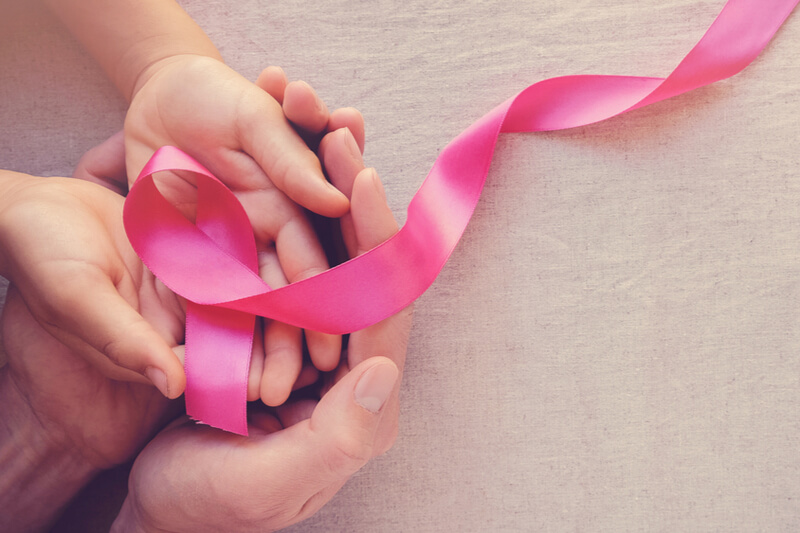
The breast mainly contains three primary components: ducts, lobules, and connective tissue. While the lobules serve as milk-producing glands, the ducts transport this milk to the nipple. Surrounding these structures is the connective tissue, which is a combination of fatty and fibrous tissues. Breast cancer occurs when there is uncontrolled growth of breast cells. The type of breast cancer is determined by the specific cells that become hostile. The origin of most breast cancers can be traced back to ducts or the lobules. Once breast cancer advances, it can spread via the lymphatic system or bloodstream to other body parts and is known as metastasized.
Signs and symptoms of breast cancer
Here are some of the most common breast cancer symptoms that you can experience:
Breast lump
You might experience a breast lump or thickening that does not go away. You can also experience changes in the shape and the size of the lump with time.
Skin changes on breast
You can also experience skin changes on your breast in size, shape and appearance.
Redness of skin
The skin around your breasts might look bumpy and red.
Factors that lead to breast cancer
Breast cancer starts when certain breast cells grow uncontrollably, resulting in forming a lump. These affected cells can spread within the breast or to other body parts. Typically, it starts in the lobules, which are glandular tissues. The exact cause of breast cancer isn’t always clear; however, it can be due to certain factors including,
- Old age
- मोटापा
- Increased exposure to radiation
- Early menstrual period before the age of 12 and starting menopause after the age of 55
- History of breast cancer or other diseases
- Inheriting genes such as BRCA1 and BRCA2
- Heavy drinking and smoking
Types of breast cancer
Not all breast cancers are the same. Healthcare professionals use tissue samples from your breast biopsy or use the tumor if you have undergone surgery to determine the breast cancer type. Here are the different types of breast cancer:
- Ducts carry breast milk from the lobules, where it is made, to the nipples. Ductal carcinoma in situ (DCIS) is a non-invasive type of breast cancer with cancerous cells within the milk ducts. This is the most common type of breast cancer, which forms on the lining of the milk duct.
- When cancer starts in the milk ducts but breaks out and spreads into the surrounding breast tissue, it is called invasive ductal carcinoma (IDC).
- Lobular carcinoma in situ (LCIS) is a non-invasive type of breast cancer that begins in the milk-producing globules of the breast.
- Invasive lobular carcinoma (ILC) starts in the milk-producing lobules and spreads into the surrounding breast tissue.
- Inflammatory breast cancer (IBC) is a rare and aggressive type of cancer that causes the breast to appear red and swollen.
- HER2-positive breast cancer tests are positive for a protein called human epidermal growth factor receptor 2 (HER2), which promotes the growth of cancer cells.
- Triple-negative breast cancer is a type that does not have any of the receptors (estrogen, progesterone, and HER2) commonly found in breast cancer, making this cancer difficult to treat. However, chemotherapy can still be used as an effective treatment method.
- Sarcoma is a type of breast cancer that begins in the connective tissue.
Breast cancer prevention
Take a look at important healthy lifestyles that help in preventing breast cancer and other carcinogenic diseases.
Daily exercise
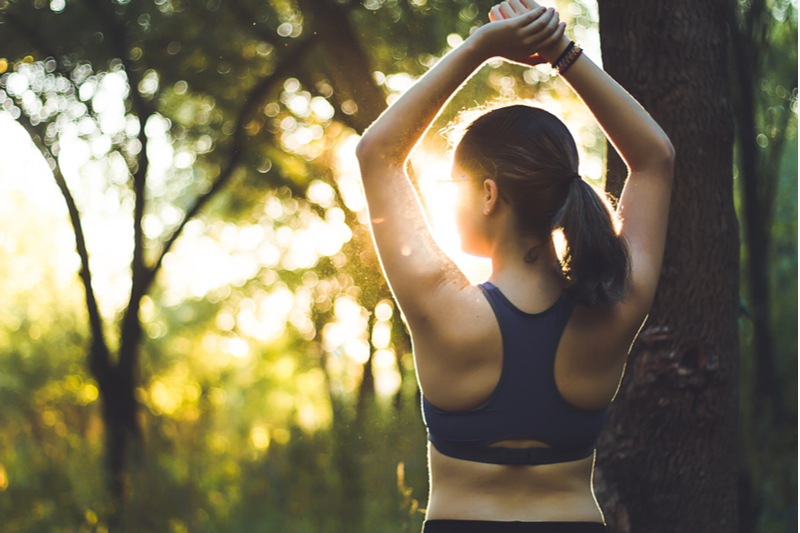
सहित physical exercises like running and swimming in your routine lifestyle can immensely benefit your physical and मानसिक खुशहाली. Apart from releasing endorphins, exercising keeps you fit, active, and flexible. A 30-minute workout every day can go on a long way in making you healthy.
Awareness
It is healthy to self-assess your body occasionally and be aware of any unusual signs of breast cancer.
Reduce alcohol intake
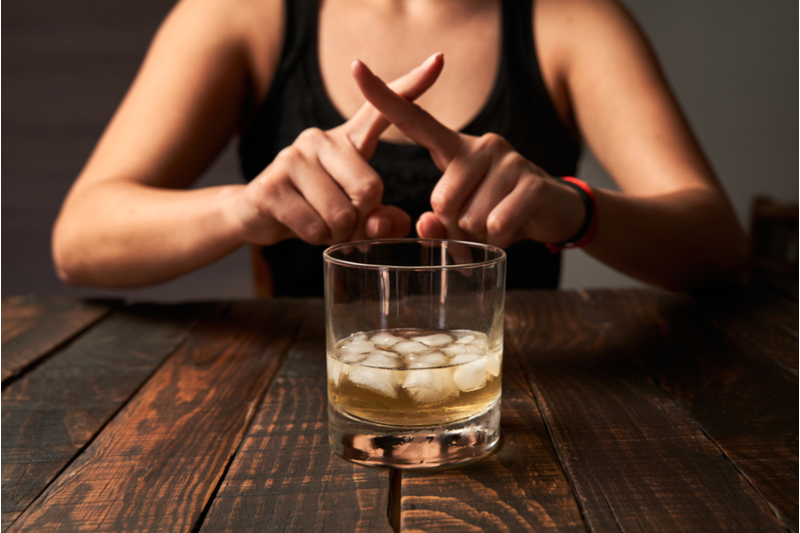
Intake of alcohol or any narcotics can be harmful to health and can increase the risk of breast cancer.
Consume healthy food
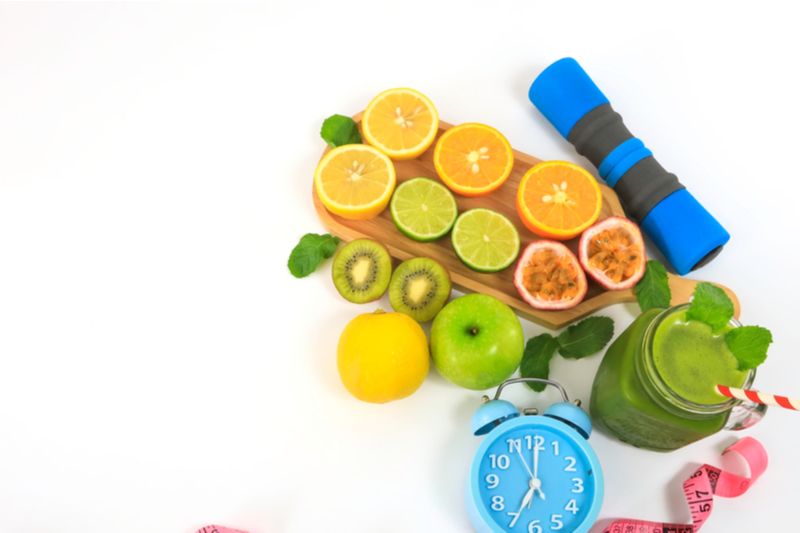
Healthy eating habit and a संतुलित आहार is the key to a healthy lifestyle. Leafy green vegetables like spinach and kale contain carotenoid antioxidants, which have anti-cancer properties. Citrus fruits that include vitamin C, flavonoid antioxidants, and carotenoids also reduce the risk of breast cancer. Cruciferous vegetables such as cabbage, cauliflower, and broccoli contain glucosinolate compounds, which the body converts into molecules called isothiocyanates. These also have the potential to prevent all types of कैंसर.
Diagnosis and treatment
Here are some of the breast cancer treatment options and diagnosis processes to manage and treat breast cancer:
Early detection and diagnosis
If you think you have breast cancer, discuss it with your doctor and start screening tests such as clinical breast exams and mammograms. Consult a healthcare professional to decide what breast cancer screening strategies are right for you.
Common breast cancer treatment options
Here are some of the most effective treatment options for breast cancer:
- कीमोथेरेपी: Restricts cancer cells from accessing the necessary hormones, which decreases and restricts the growth of further cancer cells.
- रेडियोथेरेपी: This process involves high-energy radiation, similar to X-rays, to eliminate hostile cells.
- Immunotherapy: This type of therapy acts on the body’s immune response to target cancer cells or manage adverse reactions from other cancer treatments.
What is a breast self-examination?
A breast self-exam is when you check your own breasts for any unusual changes, like lumps or skin changes. It’s recommended to do this every month. However, remember that it’s not a substitute for regular check-ups with your doctor or mammograms, which are more thorough and detailed.
Ways to perform breast self-exam?
Here are some of the common ways of carrying out a breast self-exam, including,
- While lying down:
Lying down will enable your breast tissues to spread out evenly along the chest walls. Place a pillow under your right shoulder and put your right arm behind your head. Using your left hand, move the 3 finger pads around your right breast, covering the entire breast area and armpit. Use light, medium, and firm pressure to feel for any new lumps, thickenings, hardened knots, or any other breast changes. Also squeeze the nipple to check for discharge. Repeat these steps for your left breast. Being aware of any breast changes can be the best step towards your overall wellness.
- While taking a shower:
Lather your fingers and breasts with soap to help your fingers glide through your skin. Use 3 fingers and check your entire breast and armpit area for any hardened lumps, knots or unusual breast changes.
Breast cancer is a serious health condition; therefore, it is necessary to be aware of your body and lead a हेल्दी लाइफस्टाइल.
Stay tuned to the Activ Living Community. Keep up to date with the latest health tips and trends through expert videos, podcasts, articles, and much more in पोषण, फिटनेस, सचेतन, और लाइफस्टाइल से जुड़ी बीमारियां like Asthma, Blood Pressure, Cholesterol, and Diabetes.
You may also be interested in the following blogs:
- What Are The Early Breast Cancer Warning Signs? That Can Help You Detect It At An Early Stage
- 7 Lifestyle Changes To Fight Lung Cancer
Popular Searches
How to lower blood pressure | Fruits good for liver | Unhealthy foods | रागी के लाभ | बेसल मेटाबोलिक रेट | हाई ब्लड प्रेशर के लिए एक्यूप्रेशर पॉइंट्स | Ayurvedic medicine for blood pressure | How to control cholesterol at home | Homeopathy for Asthma | Biological Age | Home remedies for TB | Natural beta blockers | Negative effects of internet | Types of walking | ब्लड प्रेशर कैलकुलेटर | ब्लड शुगर कैलकुलेटर | BMI कैलकुलेटर





 1800-270-7000
1800-270-7000


